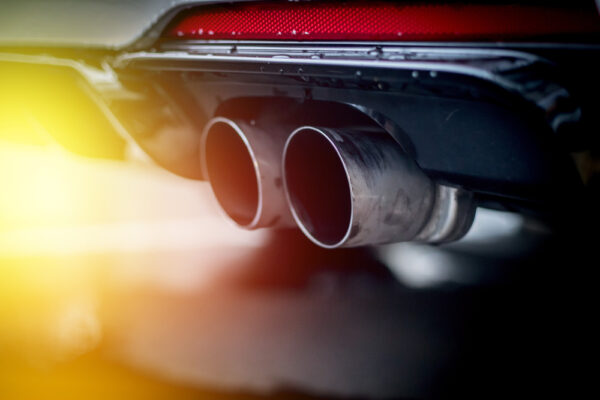How To Perform An Exhaust System Inspection To Your Vehicle
Your vehicle’s exhaust system plays an important role in its performance. This includes reducing the engine’s noise, cooling it, sending dangerous gases away from the cabin, and purifying the air before it exits the vehicle through the tailpipe. The thing is most motorists don’t provide it with the routine care it needs unlike the major systems in their vehicles.
If you want to keep your investment running for as long as you need it, never forget its exhaust. This is the only way to catch problems before they tank your vehicle’s efficiency and performance. Check out DPF Parts direct online and other similar sources whenever you need parts for exhaust repairs and replacements.
Here’s how smart drivers do a regular exhaust system inspection.
- First, Take A Look
Lift the hood and inspect the exhaust manifold. Some pipes move out from the side of the engine block, which link together and run to the base and rear of the vehicle. Trace each one to ensure all the bolts are secure and still intact.
Remember that these tend to fall out over time due to engine rattling. Look out for any weakness in the metal as well since the heating and cooling of the vehicle causes cracks.
- Check The Catalytic Converter
To know the state of your catalytic converter, tap it lightly using a rubber mallet and listen for any rattling inside.
Over time, the interior of the catalytic converter deteriorates. The pieces will eventually move inside while driving, which causes the clicking and clanging you might hear.
Check the connections moving into and out of the converter to ensure they’re intact. Dents will allow gas to escape, reducing efficiency and even creating a potential hazard. So, be on your toes for them, as well.
- Check The Oxygen Sensors
Oxygen sensors are responsible for assessing the composition of your car’s exhaust or emissions and relaying the information to your onboard computer to ensure optimum engine performance.
A vehicle should be able to gauge the ideal fuel-to-oxygen ratio for combustion. So, once the oxygen sensor starts to break down, it will become harder for you to anticipate problems with your exhaust system and engine timing. Other indications of oxygen sensor failure include a drop in fuel efficiency and engine performance.
If you see the check engine light turn on, it’s time to get your vehicle serviced. Make sure to have the sensors checked to know if you should replace them or not.
- Inspect The Muffler, Connections, And Pipes
If there are any dents on the muffler or the connectors, they can lead to issues with the airflow. The muffler is prone to rust damage due to the buildup of moisture. Although superficial rust is expected, it can be detrimental once the corrosion digs through the metal.
As for the piping, it shouldn’t come in contact with any metal surface since it keeps the metal cool while preventing the heat from transferring to other parts of your vehicle. Inspect the rest of the pipes for dents, cracks, or rust, including the seals.
- Search For Leaks In The Exhaust System
When checking for leaks, note that they can be either visible or audible. Pay close attention to key areas, such as the welds, clamp connections, pipe connections, and flex pipe, for any visible signs of leakage.
As for audible leaks, go on a test drive and closely listen for any unusual sounds from the exhaust system. These should let you know your car needs repairs.
- Find Blockages
If you have a blocked exhaust, you’ll notice an evident decline in overall performance and gas mileage. Since your vehicle’s engine has to strain to push the exhaust out of the cylinder, it has less power to give to the wheels. This has the double effect of spiking your fuel consumption.
A blockage in the exhaust can also cause your vehicle to heat up more than usual. This raises the risk of overheating, which can cause further damage to the rest of your vehicle parts.
Get blockages unclogged immediately once you notice them to avoid problems in the long run.
- Inspect The Exhaust Mounts
The exhaust mounts are responsible for securing and supporting the entire exhaust system beneath your car. They minimize structural noise and vibration by keeping the parts set in their places, preventing the transmission of excess movement.
As part of the routine inspection, you need to assess the condition of the exhaust mounts. They usually have rubber loops to hold the pipes while allowing minimal movement. These shouldn’t be falling apart and should be properly installed. You can test how well they hold up by shaking the muffler.
Make It A Regular Priority
Don’t take your vehicle’s exhaust system for granted. These steps should help you cover all bases when it comes to spotting its problems and fixing them before they get worse. Only by doing this do you keep it running for years to come. Talk to your local professionals for more advice.





















